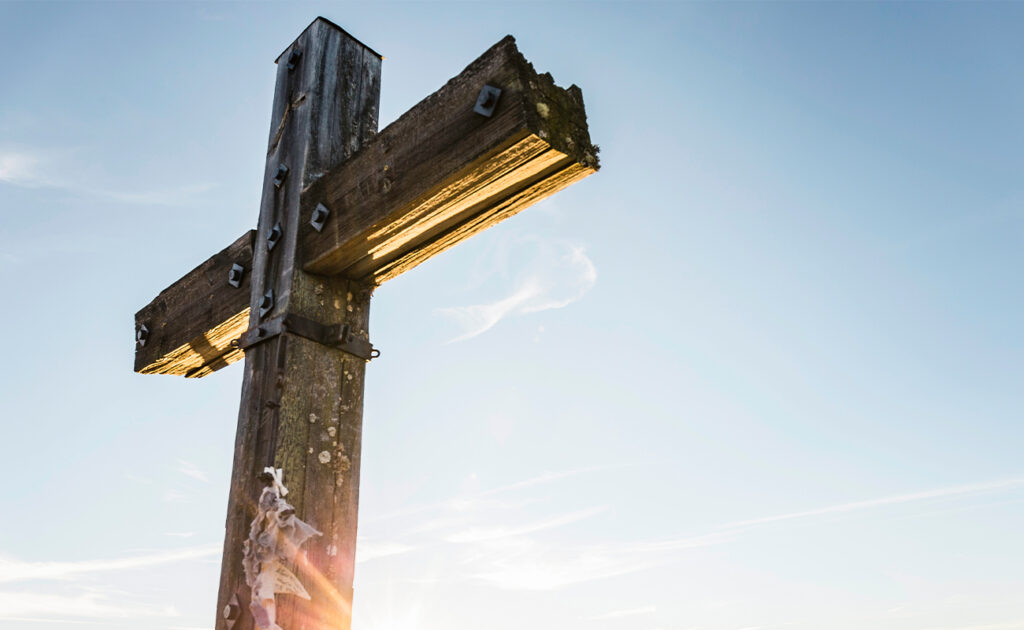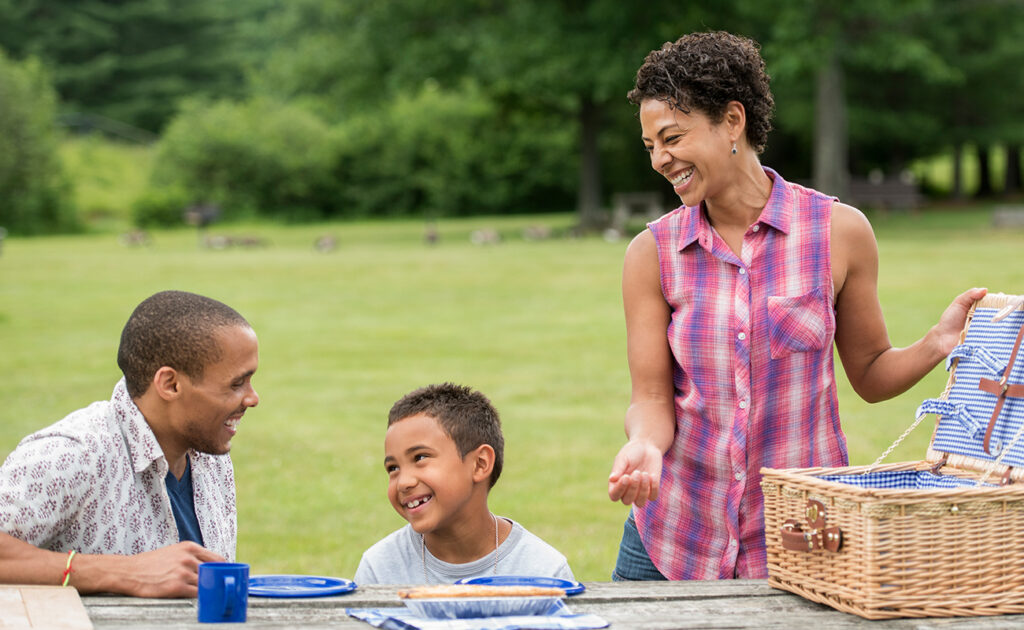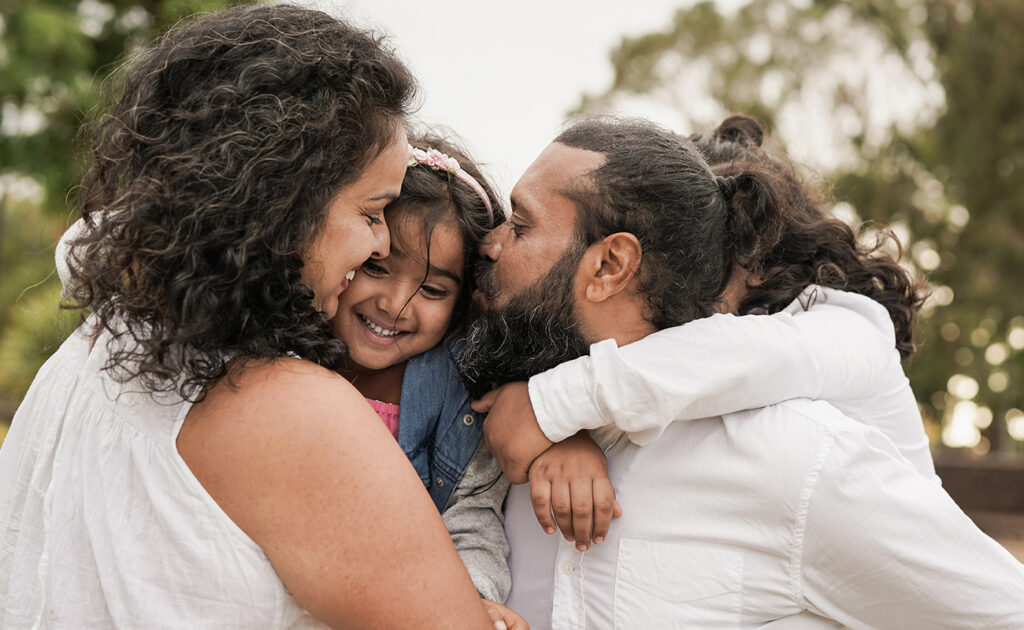The good news is that children are often more open to spiritual truth than we realize. With a bit of creativity, gentleness and guidance from God’s Word, parents can help their children grasp the message of the cross and the empty tomb.
Here are 10 practical ways to teach your children about the importance of Good Friday and Easter in a way that helps the story sink deep into their hearts and grow with them for years to come.
Tell the Story in Simple, Clear Language
Use child-friendly words to explain what happened during Holy Week. You might say, “Jesus died on the cross because He loves us, and He came back to life so we can live forever with Him.” Keep it focused on God’s love and redemption. You can read the story straight from a children’s Bible or paraphrase it in your own words.
Use Visuals and Hands-On Activities
Young children understand better when they can see and touch. Try using storytelling props, illustrations or toys to act out the Easter story. You can also create a resurrection craft, such as a cross made from sticks or a tomb made from clay or paper. Let the story unfold throughout the week so that by Easter Sunday, your child sees the full picture.
Celebrate with Resurrection Eggs
Resurrection Eggs are a popular and powerful tool. Fill a dozen plastic eggs with symbols from the Easter story (e.g., a piece of bread, a coin, a nail, a stone). Open one egg each day and talk about what it represents. The final egg is empty—representing the empty tomb and the risen Christ. This activity combines surprise, learning and faith all in one.
Reflect on the Meaning of the Cross
Good Friday is a solemn day, but it’s also one of hope. Teach your children that Jesus’ death wasn’t the end—it was the beginning of forgiveness and new life. Explain that the cross represents the love of a Savior who chose to take our place. Older children can reflect on the verse John 15:13: “Greater love has no one than this: to lay down one’s life for one’s friends.”
Make a Mini Resurrection Garden
Plant grass seed or small flowers around a small clay pot laid on its side to represent the tomb. Place a stone at the entrance. Watch it grow during Holy Week and roll away the stone on Easter Sunday. It’s a visual and living reminder that Jesus is alive and brings new life.
Read Scripture Together as a Family
Even young children can listen to short Bible readings. Choose key passages such as Luke 23-24, Matthew 28 or Isaiah 53. Take a few minutes each day during Holy Week to read and talk about one part of the story. Ask simple questions like, “What do you think the disciples felt?” or “Why is the tomb empty?” to spark discussion.
Celebrate Easter Sunday with Joy and Meaning
Easter should feel different from other days—special, joyful and full of celebration. Attend a church service together, play worship music and prepare a special breakfast or treat. Let your children see and feel that Easter is about more than bunnies and eggs—it’s about Jesus being alive today!
Connect the Resurrection to Everyday Life
Help kids understand that the resurrection isn’t just something that happened a long time ago—it changes everything today. Talk about how Jesus gives us joy, hope and new beginnings. Encourage them to think of ways they see “new life” around them: spring flowers blooming, a baby being born, or even a fresh start after a hard day.
Use Music and Song to Reinforce the Message
Singing Easter songs is a wonderful way to help kids remember truth. Songs like “Christ the Lord Is Risen Today,” “Jesus Paid It All,” or kid-friendly options like “Sunday’s Coming” by the Groundnuts Family become part of your family’s Easter rhythm. Music helps theological truth sink deep into the heart, often more than words alone.
Talk About What It Means to Follow Jesus
Finally, Easter is a great opportunity to talk about salvation and living a life with Jesus. Ask your children what they think it means to be part of God’s family. Share your own story of faith in a way they can relate to. Let them know that because of what Jesus did, we can live with Him forever—and that’s the best news of all.



